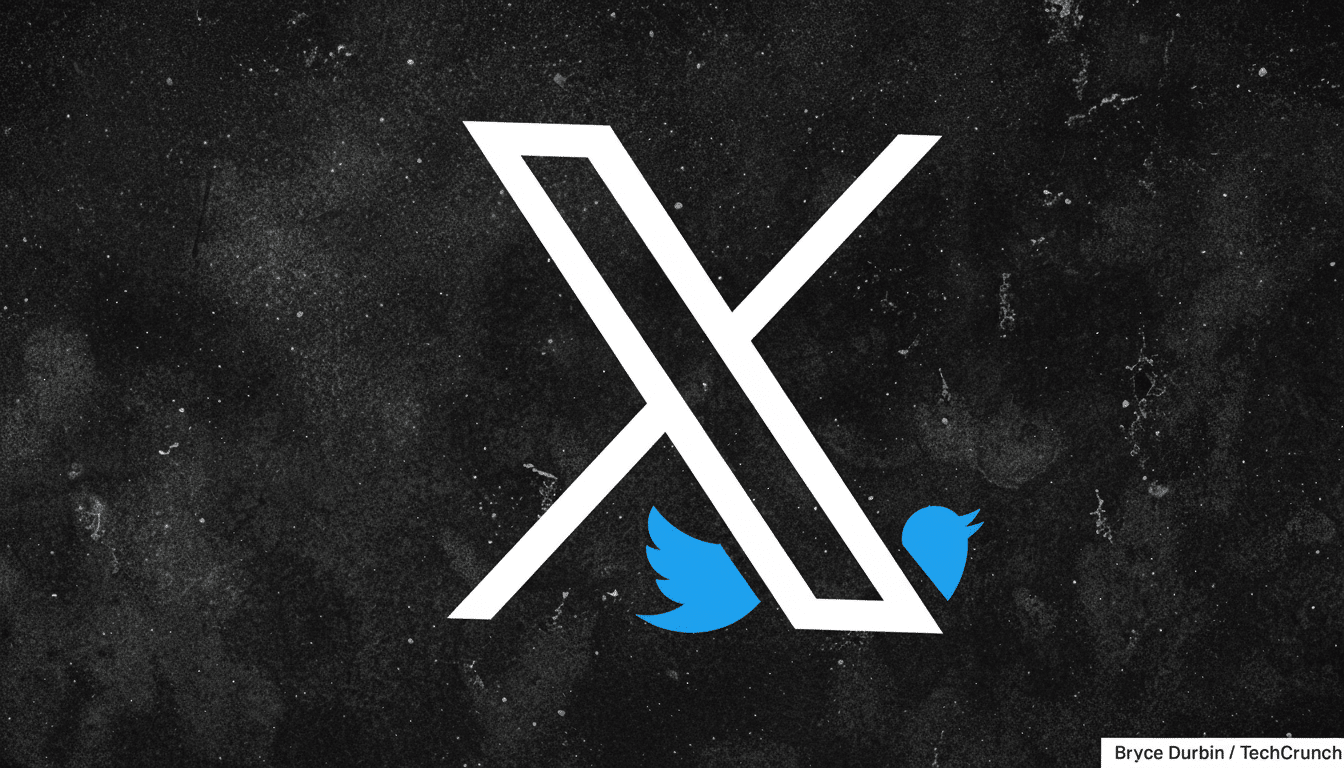Tesla has pulled back dramatically on its advertising with X, slashing its outlay on the social network owned by its chief executive to close to zero, according to the carmaker’s most recent proxy filing. The disclosure also reveals the automaker had very low five figures in early-year spending and a low six figure total early in the prior-year, which seems to will place the carmaker on a trajectory to spend virtually nothing on X unless plans change.
The pullback is unusual in light of the company’s unique related-party dynamics and recent shift to paid marketing after years of depending on word-of-mouth and product-launches for revenue. It also speaks to a practical pivot: Tesla is simply putting its dollars where it has a clearer sense that people will convert.

What the filing reveals
In the proxy, Tesla categorizes the ad purchases on X as a related-party transaction and gives the totals. The company spent around $400,000 on X in the 12 months, but only $10,000 in the first two months of the current year. Pace was well behind the comparable period a year ago, Tesla said. The filing does not show whether spending significantly rebounded after February.
Meanwhile, external transparency tools indicate that Tesla is still in motion elsewhere. Google’s Ads Transparency database reveals hundreds of live creatives across Search and YouTube, an indication the automaker is leaning into performance channels with stronger purchase intents signals and robust measurement. Tesla did not immediately respond to a request for comment.
Why Tesla is pulling back on X
Return on ad spend: EV shopping leans high intent and research heavy. Search ads, comparison queries and video walk-throughs consistently perform better than broad social placements in terms of both driving configured orders and interest in scheduling a test drive, say agency strategists. With its digital-first sales funnel, Tesla is inherently biased toward measurable, lower-funnel media.
Brand-safety headwinds: X has had repeated criticism over content moderation. Big media-buying holding companies like GroupM and IPG at times have cautioned clients. Even when CPMs are enticing, some marketers will reject inventory with perceived safety or suitability risk — especially in big-ticket categories like autos.
Governance optics: Every dollar Tesla spends on X raises questions because X is controlled by the CEO of the company. Revealing minimal or decreasing related-party spend simplifies proxy messaging and cuts down on conflict-of-interest chatter at a time when investors are laser-focused on margins and execution.

Tooling and measurement: Advertisers also note discrepancies in audience targeting, third-party verification and attribution fidelity across platforms. The X buying interfaces and reporting have been a harder sell for performance-driven campaigns in the face of Google’s more mature performance stack and YouTube’s full-funnel measurement.
Where the budget is headed
Tesla’s mix seems to be converging around channels with a clear sense of shopper intent. And search queries for trims, incentives, and charging frequently translate well into online configuration, which Tesla can retarget with owned CRM and email. For feature education, safety demos and software updates, which can get fussy, longer-form video lends a valuable hand, and in this sense YouTube has been a cost-effective bridge.
Industry observers such as Sensor Tower and Vivvix have seen general advertiser port shifts across the full array of categories on X, even as connected TV, retail media and search take share. From that perspective, Telsa’s relatively small expenditure on X seems less like a political statement and more like a strategic recalibration toward channels that are moving units.”
What it means for X — and for auto marketing
If the most well-known name in the owner’s stable is not making a significant X spend, the platform’s pitch to other automakers becomes more difficult. Automotive is a marquee advertising category; conservative spending there can lead to broader questioning of the platform’s readiness for high-consideration goods.
The ruling bolsters the disciplined, performance-first stance that Tesla has adopted. Expect occasional bursts — around product refreshes or software milestones — but an ongoing focus on intent-heavy placements over broad social reach. The headline is a modest one: the checkbook is open, but X need not apply.

